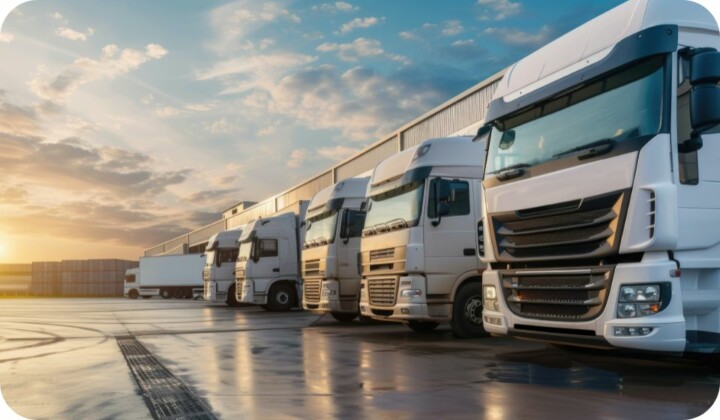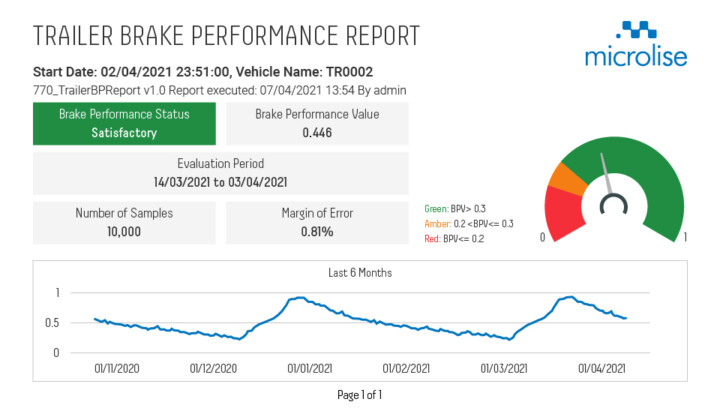Governments are moving rapidly to support the electrification of e-mobility, consumer demand is at record levels, and vehicle manufacturers are investing heavily in the development of new electric models.
Spurred on by policies that encourage drivers and fleets to purchase clean-running cars, the International Energy Agency’s e-mobility forecast[1] predicts there could be as many as 125 million EVs worldwide by 2030.
At the 2019 Microlise Transport Conference, Felix Kybart, Vice President of Alternative Drives at MAN Truck & Bus, provided an outlook on eMobility for commercial vehicles. In his presentation he examined issues such as charging and fleet management and also discussed MAN’s experience of eTrucks, drawing on findings from the use of eMobility vehicles in both Austria and Germany.
After his presentation, Felix answered a number of audience questions including:
- Given the lack of infrastructure for charging and the predicted increase in the number of electric cars, is it, in your opinion, realistic to phase out diesel powered trucks within the timelines the government is setting?
Trucks unlike passenger cars, are the basis of many different bodies and systems – both on – and off road. To enforce e-mobility, it is essential, that government programs support the installation of suitable charging infrastructure for commercial vehicles across a network that will support high output and performance.
- Where do MAN see the future for long haul alternative fuels given your perceived issues with hydrogen? Electricity will clearly not be the solution for many years until technology improves massively.
We are experiencing a massive change in drive train technology in order to reduce green-house gases. For every diesel driven truck, bus or van, clean energy needs to become available. That is essential. Equally importantly, future drive train technology must allow for low TCO.
- Are MAN and the industry investing in hydrogen powered vehicles and do you think this will be the solution?
Electric and hydrogen powered vehicles will contribute best to meet future CO2 targets. That is why, besides us examining required diesel developments, we are focusing on this area the most.
- Has the reduction in payload due to battery weight been taken into account?
Yes, we do take this into account and specific weight reduction is considered in our developments.
- Do you see a future for the old, soviet-style trolley bus solution, where the vehicle gets its power from overhead rails rather than solely from dragging a heavy battery around? I heard there was a trial of this in Germany on a short stretch of Autobahn.
For city buses, we’d only envisage limited opportunities. This is because, if it is not pre-existing, people do not accept new cabling. However, we are currently looking at the testing of electrified highways.
- Why can’t we have a solar powered vehicle with panels that charge the batteries while the vehicle is driven and parked with brakes that harvest electricity to top up the battery?
Our e-vehicles do already recuperate electric energy during braking. The surface available for solar panels on vehicles is limited and could contribute a comparably small amount of the energy needed for driving.
[1] https://www.iea.org/gevo2018/







